Cigar Review: A.J. Fernandez Mayimbe Robusto
22 Apr 2014
A path to prominence in the cigar business can follow any of a number of routes. Consider for a minute the divergent ways that big players—people like Rocky Patel, Don PepÃn GarcÃa, Ernesto-Perez Carrillo, Dion Giolito, Sam Lecia, just to name a few—earned their reputations.![]()
A.J. Fernandez rode a wave of catalog/online sales to cigar stardom. With Mayimbe, Spanish for “big shot,†he’s making another move.
rode a wave of catalog/online sales to cigar stardom. With Mayimbe, Spanish for “big shot,†he’s making another move.
This high-dollar cigar is a big ring gauge line (all 56) to compete with the likes of top Tatuajes and Fuentes. To my taste, Fernandez succeeded. He created a cigar with power and flavor that stands apart from most others in the humidor.
Mayimbe is described as a limited edition, packaged in boxes of 10 with a run of 2,500 boxes in each of four vitolas. The five-inch Robusto runs a bit over $14 per stick. Rolled at Fernandez’s Nicaraguan factory, the cigar features a Pennsylvania broadleaf wrapper, Nicaraguan binder, and a Jamastran Honduran filler blended with Nicaraguan tobaccos and what’s called “AJF Privatio,†which I assume is a strain grown on the Ferandez farm.
The line sports a very large band as well as a foot wrap with the AJF logo. I’ve smoked two, supplied by the manufacturer in a sampler that included other Fernandez cigars.
Mayimbe is a tasty, complex cigar that’s up on the strength scale. The primary flavors are cedar and pepper, which ebb and flow throughout the length of the stick. Along the way, I also get some leather, which I often associate with Honduran tobacco, an interesting floral note, and an occasional nuttiness. This is a cigar that commands—and repays—careful attention. With its extra two inches, I can’t help but wonder what the fat Churchill would be like.
Construction and burn are excellent, as is smoke production. Strength is in the medium- to full-bodied range with a nice finish.
If you’re a Fernandez fan from his catalog productions like Man O’War or his widely available San Lotano smokes, you may find Mayimbe a bit of a surprise. For those who’ve never tried a Fernandez stick, Mayimbe could be a fine introduction. It earns a rating of four stogies out of five.

[To read more StogieGuys.com cigar reviews, please click here.]
photo credit: Stogie Guys

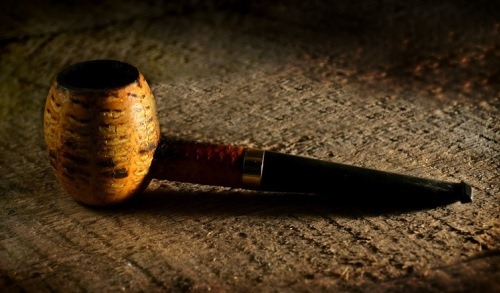


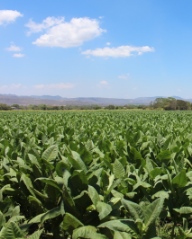 1) Nicaragua, which is on pace to surpass the Dominican Republic as the number one exporter of premium cigars to the U.S. market, has recently been hit by a series of earthquakes. For the population, the tremors are causing unease, and forcing many to recall painful memories of a disastrous earthquake 42 years ago. “Life in Nicaragua, whose capital was devastated in 1972 by a magnitude-6.2 quake that killed nearly 10,000 people, has become a tense game of waiting between shakes,†reports
1) Nicaragua, which is on pace to surpass the Dominican Republic as the number one exporter of premium cigars to the U.S. market, has recently been hit by a series of earthquakes. For the population, the tremors are causing unease, and forcing many to recall painful memories of a disastrous earthquake 42 years ago. “Life in Nicaragua, whose capital was devastated in 1972 by a magnitude-6.2 quake that killed nearly 10,000 people, has become a tense game of waiting between shakes,†reports 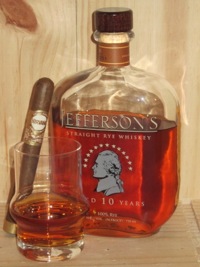 But most Canadian whiskey doesn’t meet the “straight rye” designation since the rye is often mixed with neutral grain spirits (basically vodka), to produce the low-proof, smooth-drinking Canadian whiskey you might be familiar with. And yet lots of rye is made in Canada, which caught the eye of some American whiskey sellers as old aged rye has gained a larger and larger following with American whiskey fans.
But most Canadian whiskey doesn’t meet the “straight rye” designation since the rye is often mixed with neutral grain spirits (basically vodka), to produce the low-proof, smooth-drinking Canadian whiskey you might be familiar with. And yet lots of rye is made in Canada, which caught the eye of some American whiskey sellers as old aged rye has gained a larger and larger following with American whiskey fans.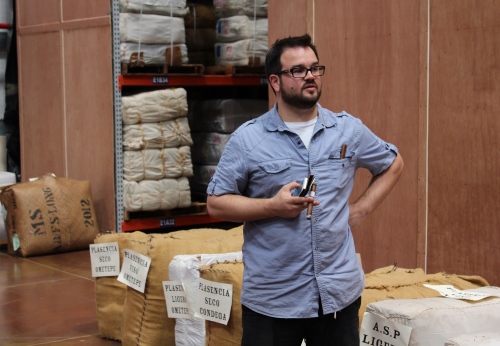
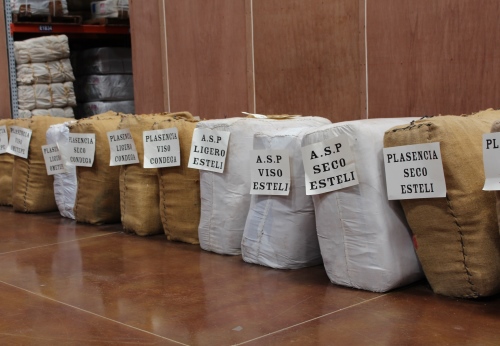


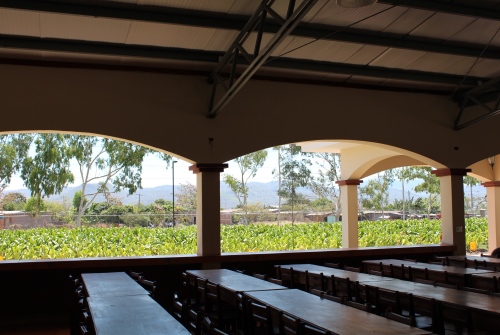
 Patrick Ashby
Co-Founder & Editor in Chief
Patrick Ashby
Co-Founder & Editor in Chief Patrick Semmens
Co-Founder & Publisher
Patrick Semmens
Co-Founder & Publisher George Edmonson
Tampa Bureau Chief
George Edmonson
Tampa Bureau Chief